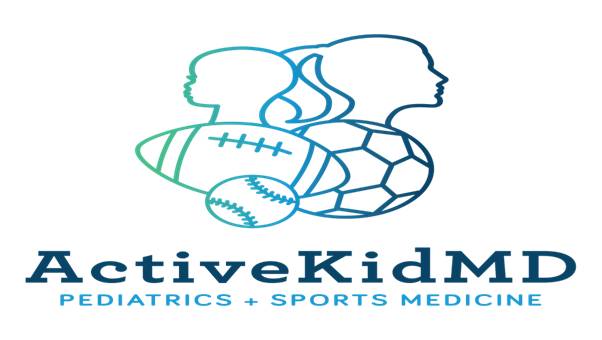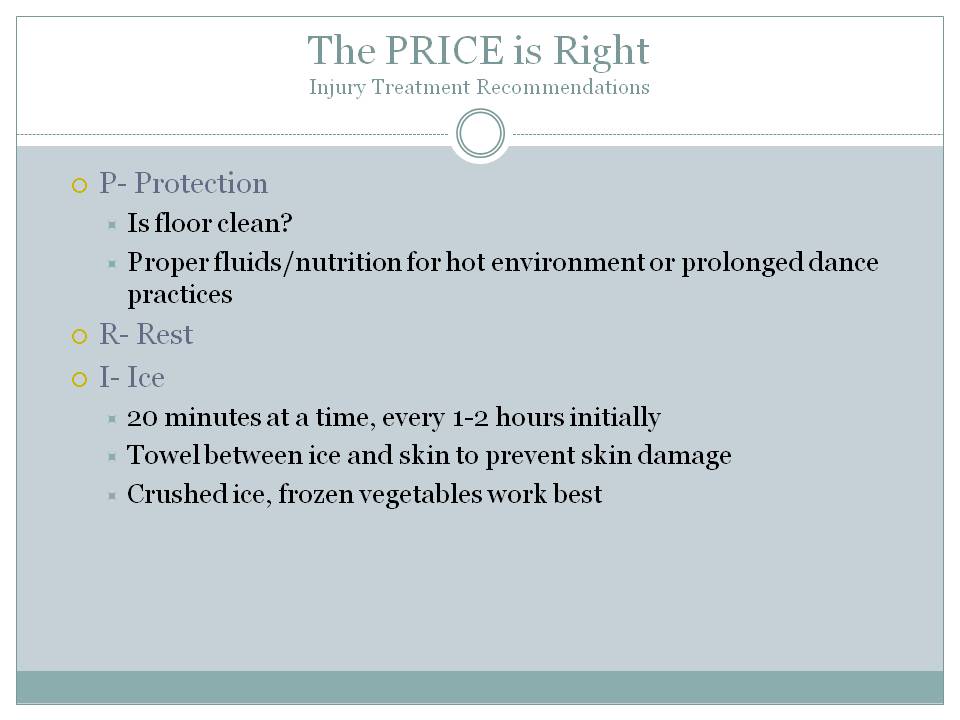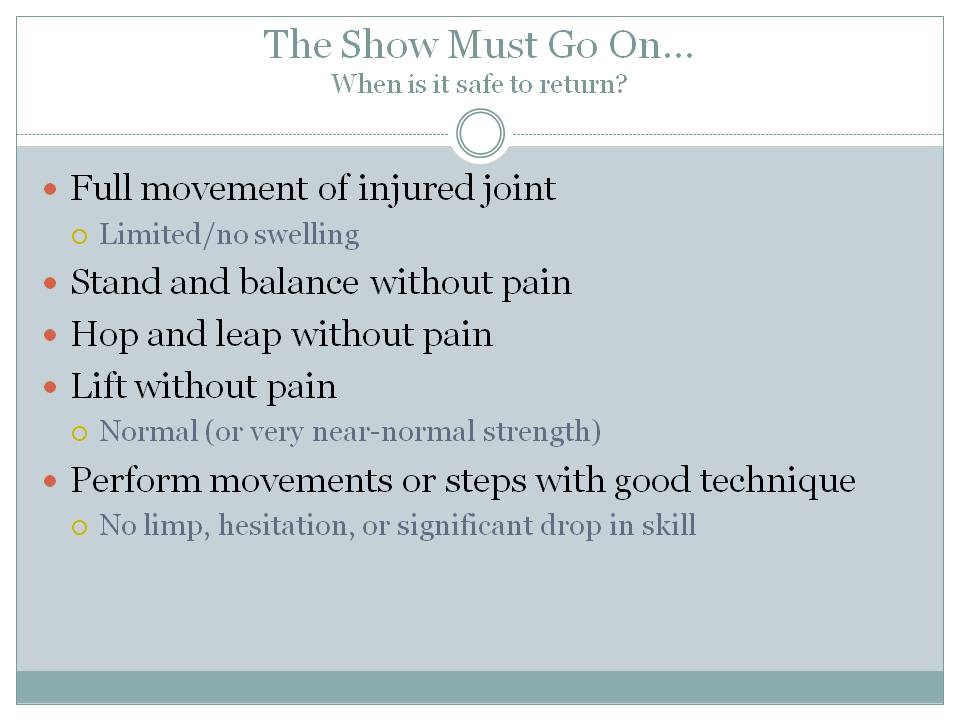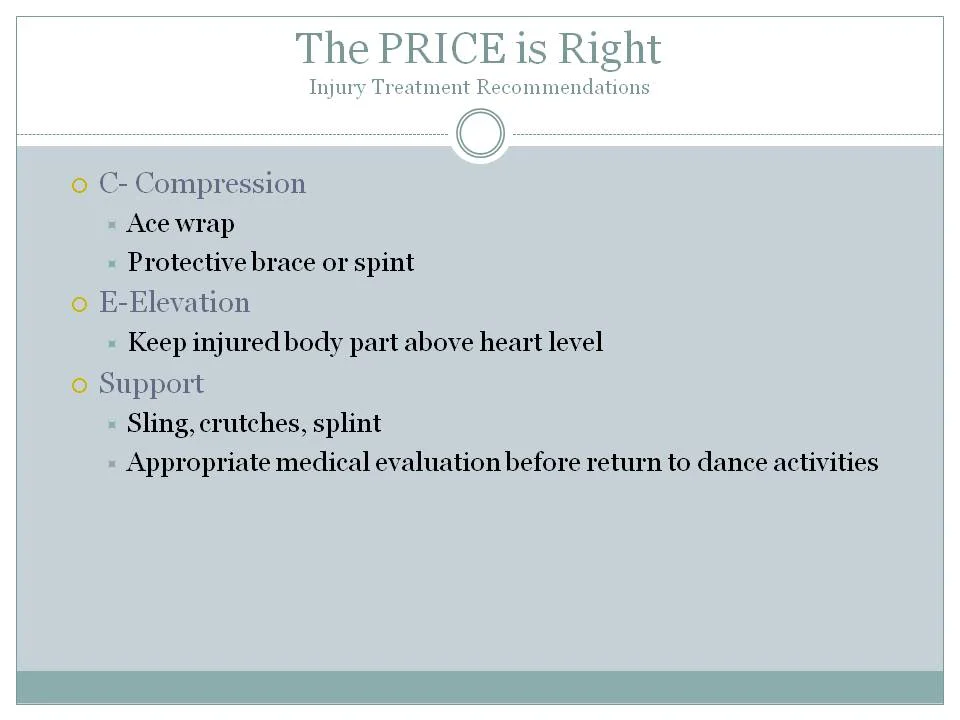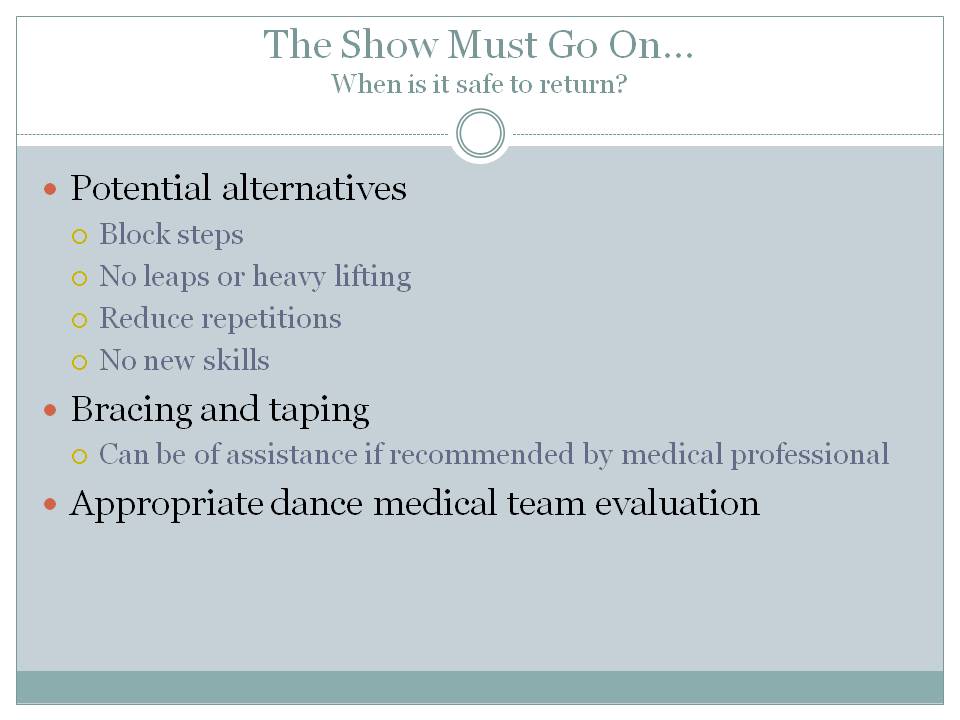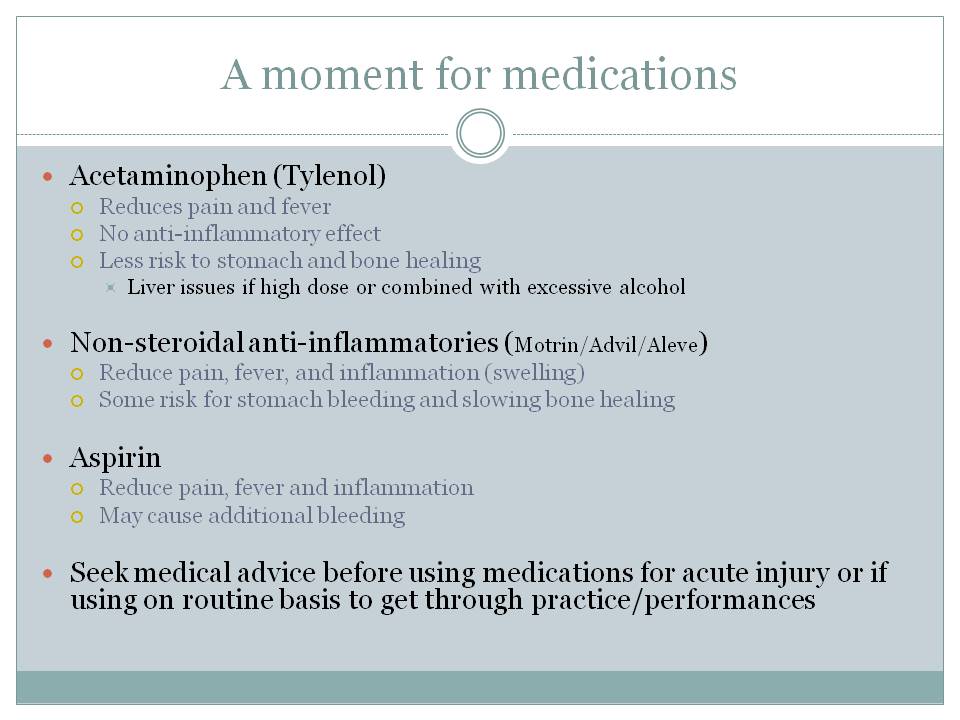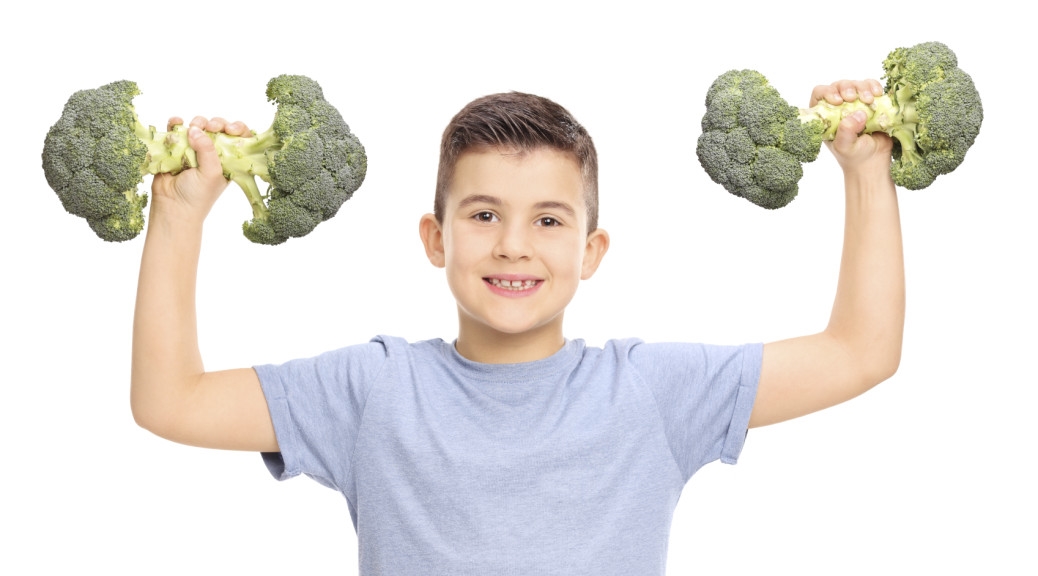Multiple Sports for Kids Translates into Multiple Benefits
Should my child play more than one sport?
Most definitely.
Courtesy of the Franklin Institute (www.fi.edu)
Childhood is a time for challenge and exploration with a variety of sporting activity developing multiple skills and interests, usually leading to more overall sport enjoyment.
Unfortunately, the concept of single-sport specialization is becoming more commonplace at increasing younger ages.
In fact, the American Academy of Pediatrics Committee on Sports Medicine and American Medical Society for Sports Medicine caution against early sport-specialization.
The concerns of physical injuries and emotional burnout often outweigh the benefits of concentrating on one particular sport.
Yes,there are the unique "early entry" sports such as gymnastics, figure skating, and swimming where early specialization is considered essential.
However, those are considered more the exception rather than the rule.
More types of sport exposure often leads to more types of movement patterns and the development of a better athlete who ultimately may focus on baseball or soccer.
The cross-over potentials are endless.
Jumping skills developed in basketball can make for a more productive soccer goalkeeper.
Lower body control of wresting allows a football lineman to stay lower and be more productive with blocking technique.
Have seen the balance and body control learned in gymnastics translate into great success with diving or pole vaulting.
My ultimate example was a college baseball coach relating on how Greek Folk Dancing helped his middle fielders with their footwork when turning a double play (yes, he was Greek so bonus points there).
These more diverse athletes are less apt to get hurt or burned out, and they may have particular value for high school and college coaches.
A multi-sport athletes can be perceived to have more up-side potential versus the athlete who has focused on one sport for many years.
They are seen to be more receptive to higher level coaching, have less bad habits to break, and ultimately a higher ceiling.
Exposure to multiple sports may also identify previously under appreciated talents or passions.
In my work with the US Men's National Volleyball Team, I routinely hear of how our athletes came into volleyball after first trying other sports.
As you would probably expect, most of these taller individuals growing up in the United States were initially attracted to basketball.
Others tried soccer or even water polo.
Now, while they might have made solid athletes in basketball or those other sports, they probably would not have achieved opportunities to play on an elite, international level and represent their country.
Had they not had the opportunity to branch out and try a new sport in middle or even high school, so much might have been lost.
Now, one more cautionary tale.
This multi-sport advice does not mean that children should participate in so many different sports that the parents feel like virtual taxicab drivers.
Make ample time for schoolwork, family time, friends, and just being a kid.
And don't forget some simple guides to reducing injury:
- The hours per week of organized sport should not exceed the age of the child in years
- Children who less than twice as many hours per week of play compared to organized (adult driven sport) have more injury risk.
